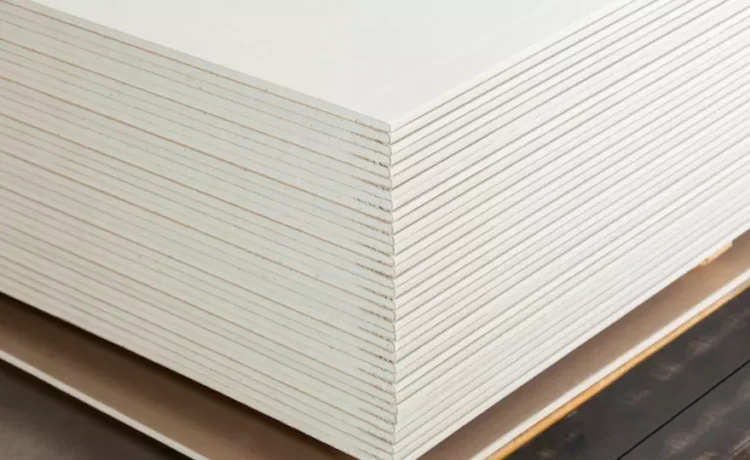In modern construction, wall and ceiling systems often rely on gypsum panels. These panels consist of a gypsum core sandwiched between paper facings, creating a monolithic surface when joints and fastener heads are covered. Gypsum board is valued for its inherent fire resistance, sound control and versatility. A gypsum paper supplier provides the paper facings that allow drywall to achieve its strength, smoothness and finish. There are regular gypsum boards and enhanced types with special additives that increase fire resistance.
Common Uses in Construction
Gypsum panels are most commonly used as drywall for walls and ceilings. They offer a lightweight, fire‑resistant alternative to masonry and can be cut and installed quickly. Plastering is another application, where gypsum mixed with water forms a smooth finish on interior surfaces. Builders also use gypsum panels in exterior insulation and finish systems and for decorative ceiling tiles, which provide both sound control and visual appeal. Gypsum cement is a fast‑setting material used for wall finishes and specialty applications.
Benefits of Gypsum Board
Gypsum board provides a clean surface ready for painting or wallpapering while meeting fire safety standards. The paper facing contributes to the board’s strength and flexibility, allowing the material to be scored and snapped during installation. Because gypsum panels are produced in standard sizes and thicknesses, they provide an economical solution for both residential and commercial projects. Their ability to dampen sound makes them ideal for multi‑unit housing and office buildings.
Sustainable and Recyclable
Many manufacturers use recycled paper and synthetic gypsum derived from flue‑gas desulfurization, reducing reliance on virgin materials. Gypsum board can also be recycled at the end of its life, with gypsum reused as a soil amendment and paper fibers repurposed for new panels. Construction professionals increasingly seek suppliers who prioritize sustainability in their gypsum products.
Installation Best Practices
Proper installation involves storing panels flat, keeping them dry and leaving small gaps for expansion. Boards are fastened with screws or nails, and joints are taped and covered with joint compound. These practices produce smooth walls that meet fire and sound requirements.
Applications Beyond Walls
Drywall is best known for straight partitions, but it can also be curved by moistening the back paper or using flexible panels. It forms arches, soffits, dropped ceilings and light coves that hide ductwork and add character without much cost.
Safety and Maintenance
Moisture‑resistant panels with treated facings suit bathrooms and kitchens. Inspect for leaks and repair any damage quickly to keep the core dry and maintain structural integrity. When modifications are needed, panels can be cut with a utility knife and replaced individually, making maintenance straightforward.
Innovation in Materials
Advances in gypsum technology include boards designed for moisture resistance, mold resistance and improved impact performance. Designers and builders now have a variety of specialized panels to choose from, enabling them to meet specific project requirements. Paper facings with coatings or treatments can enhance the durability and finish of gypsum board, opening possibilities for creative interiors without compromising safety.





